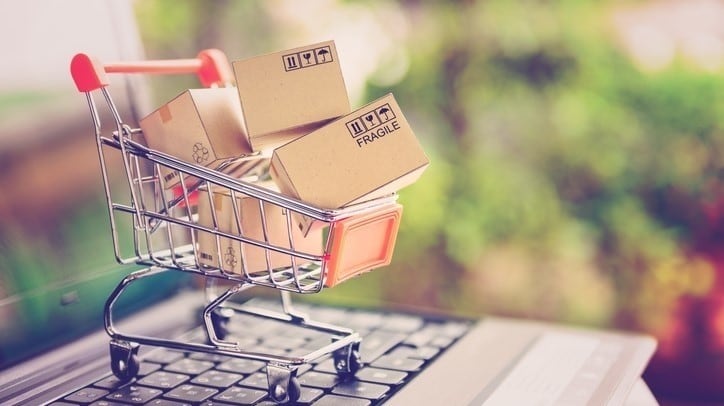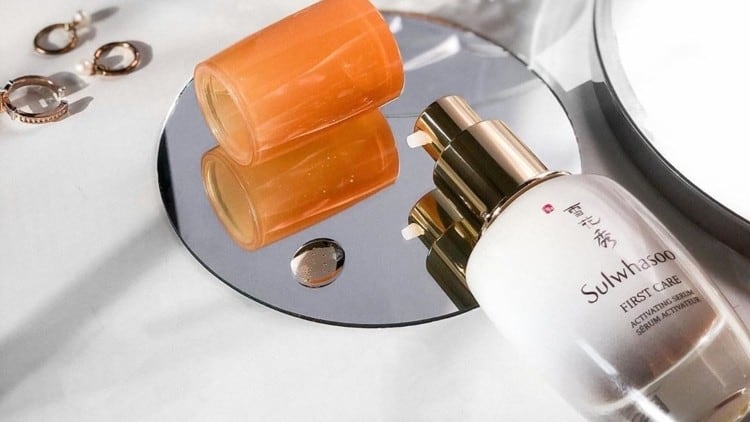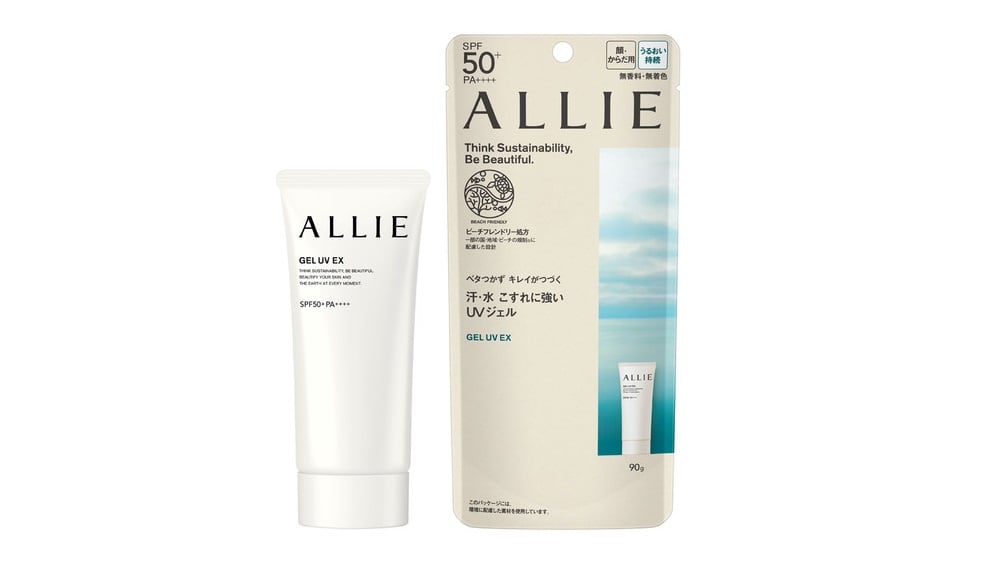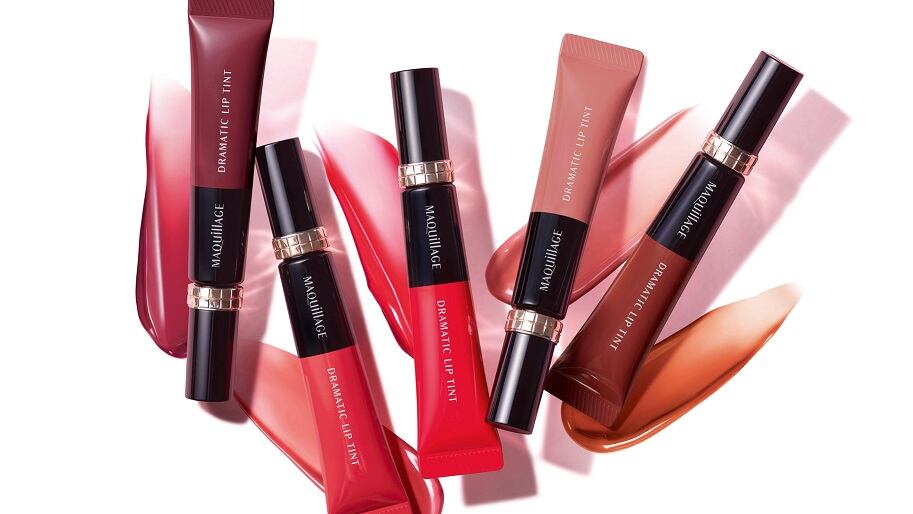The Singapore-based company believes e-commerce has become part of consumers’ and lifestyle and expects the online shopping habit to continue long after the COVID-19 pandemic.
In 2021, it has observed its shopping campaigns like its 3.3 and 4.4 Mega Shopping Day Sales doing well consistently over the whole year.
“We have successfully managed to inculcate some habits with our consumers. They understand the cadence and have integrated Shopee into their lives. That’s really the first phenomenon that will stay beyond COVID,” said Terence Pang, chief operating officer of Shopee during the Shopee Brand Summit held on January 13.
This year, Shopee will be upgrading its suite of shopper engagement features, such as Shopee BeautyCam, an augmented reality (AR) make-up try-on tool.
According to Shopee, BeautyCam has helped to drive conversion up to three times for beauty brands.
At the moment, brands that utilise BeautyCam on Shopee include L’Oreal Paris, IT Cosmetics, Revlon, Etude House and Wardah. Moving forward, Shopee will be partnering with more beauty brands to implement it for a wider variety of products.
Additionally, Shopee will be broadening its marketing efforts further with a new sampling programme to attract new shoppers in several categories, including beauty.
This feature enables consumers to receive sample-sized products and store vouchers to incentivise their next purchase.
According to Shopee, brands that participated in the sampling pilot last year for the 12.12 shopping event recruited up to 90% of new buyers.
Beyond big cities
Furthermore, access to consumers outside the big cities has improved drastically over the past two years – opening up enticing new markets.
“COVID has really forced a lot of these consumers outside big cities to come online, whether through e-commerce or food delivery, they’ve found a way to learn and adapt and are now more acquainted with e-commerce,” said Pang.
One opportunity he highlighted for consumers living outside of the big cities was for premium goods on Shopee Premium, a platform where consumers can shop for high-end labels, including beauty brands such as Sulwhasoo, Shiseido, L’Occitane and Skin Inc.
“A lot of the consumers that buy on Shopee Premium are actually outside tier-one cities. There are opportunities in these non-big cities, even for brands in Shopee Premium. That's something that was surprising for us when we started Shopee Premium and that makes us even more excited.”
“The last few years, we saw an increase in the density of orders outside of metro cities. And this has brought down just the logistics costs for us to reach these consumers. And so, I think the next two, three years will be really the tipping point for us when it comes to capturing this opportunity outside bigger cities in rural areas.”
He also noted that there had been significant changes in how e-commerce sites attract customers. A decade ago, many relied on Facebook and Google ads to drive traffic. However, today consumers are more proactive and use the platform to “search, find, and buy.”
“A lot of times, consumers are on Shopee not even knowing what they want to buy yet. They log on because it’s part of their lifestyle habits,” he said.
“Even if you think [e-commerce] is quite a mature market in South East Asia, it’s still at the tip of the iceberg. In terms of penetration, there’s still a lot more room for growth. With this move towards lifestyle e-commerce is really going to be a stepping stone for us to grow even further.”
With the discovery journey starting on the platform itself, Shopee and its brand partners must consider how to further engage the consumer.
“Brand owners should think about the relationship they want to build with their consumers online, instead of just pushing promotions to them,” said Pang.





